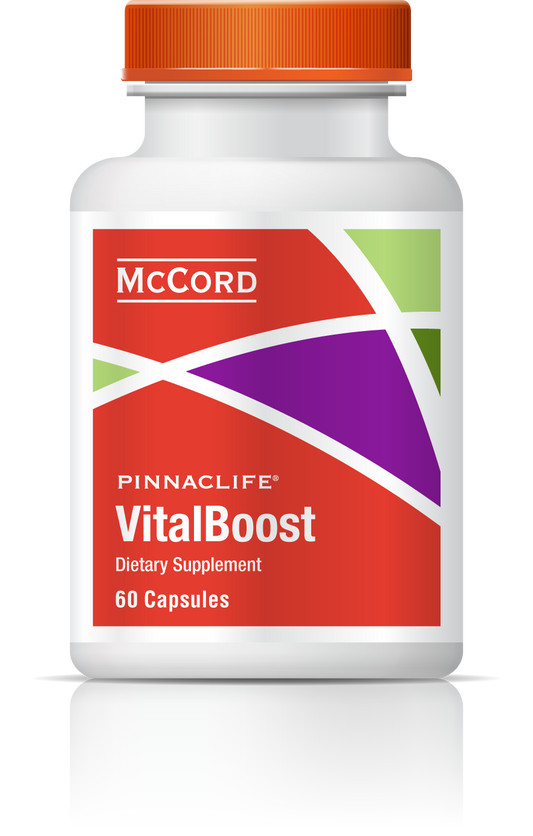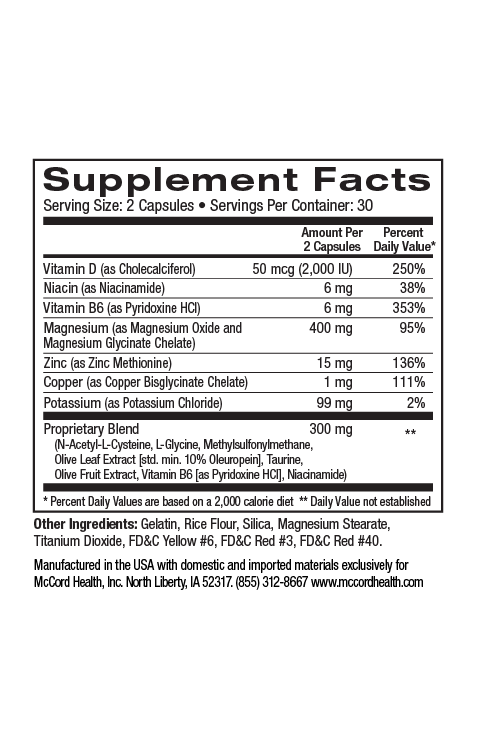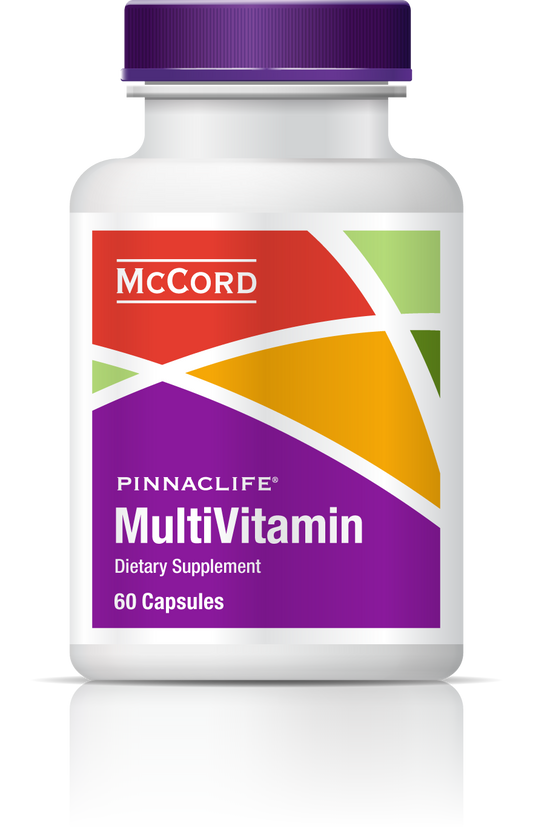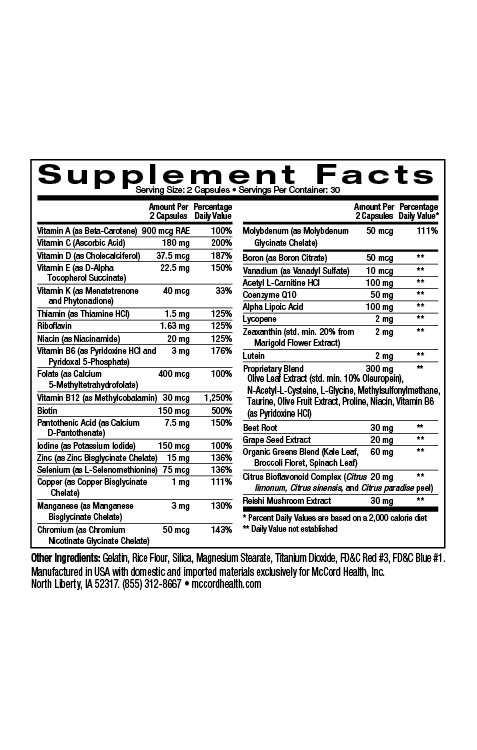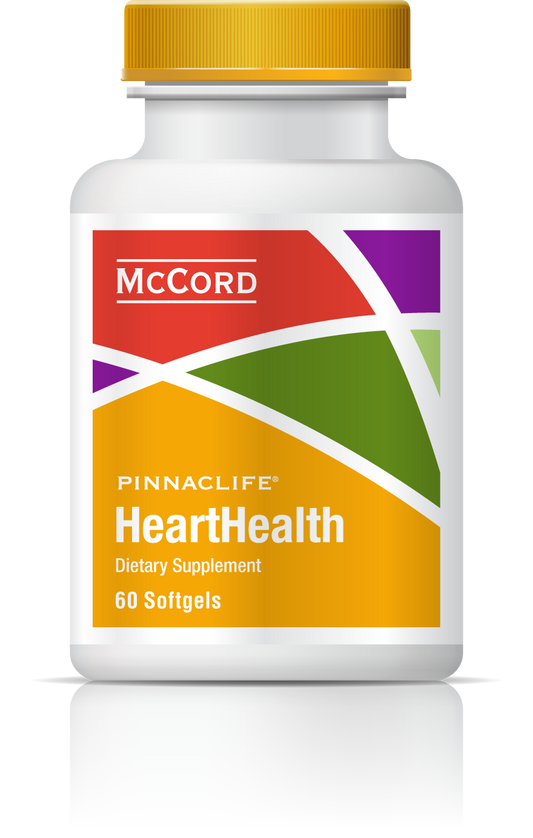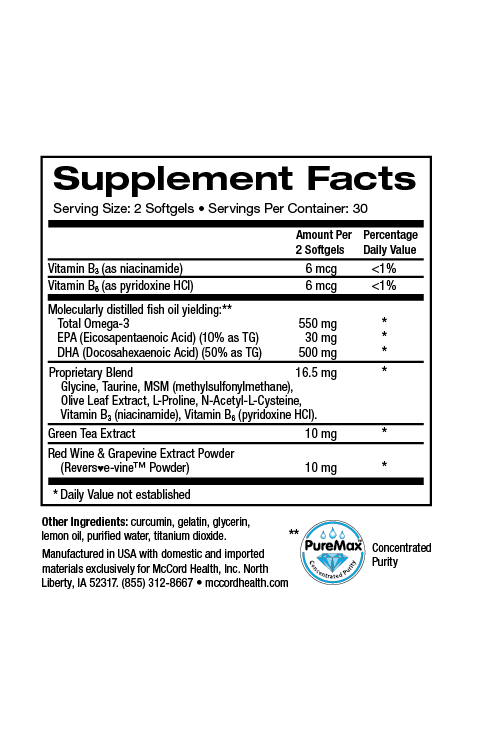Exposure to the sun can cause UV-induced damage to DNA in skin cells resulting in inflammation known as sunburn. Skin contains molecules that absorb UV radiation such as DNA and other chromophores. The absorbed energy is then re-emitted as harmless, longer wavelength radiation or cell-damaging thermochemical reactions involving free-radical reactive oxygen species (ROS) generation and oxidative stress.
Viniferamine® skincare products, including Renewal Moisturizer, contain ingredients that counteract oxidative stress such as oleuropein, resveratrol, EGCG, melatonin, and L-glutathione. Oxidative stress typically results in inflammation; various ingredients found in Viniferamine® skincare products decrease inflammation including the beneficial polyphenols oleuropein, resveratrol, and epigallocatechin-3-gallate (EGCG) from olives, grapes, and green tea, respectively, as well as the important small molecules, melatonin, and L-glutathione. In addition, dipotassium glycyrrhizate, aloe vera and shea butter also possess anti-inflammatory activities.
Moreover, Viniferamine® skincare products contain ingredients that are photoprotective including EGCG, resveratrol and oleuropein. EGCG has been shown to counteract the detrimental effects of UV radiation on immunity. Resveratrol has been shown to protect human skin from damage induced by repeated exposure to UV radiation. In addition, photoprotection has been found with increased levels of the enzyme, heme oxygenase that is induced by oleuropein. Furthermore, two other beneficial ingredient found in Viniferamine® skincare products, melatonin and niacinamide (nicotinamide), exert strong protective effects against UV-induced skin damage, respectively.
Besides the common sunburn, there are many other photo-induced inflammatory skin reactions that can be caused by ingestion or contact with chemicals in medicines or plants. These photosensitizers can cause either phototoxic reactions or photoallergic reactions. Phototoxic reactions range from exaggerated sunburn-like reactions to more serious lesion-forming reactions. Photoallergic inflammatory reactions are a delayed type of hypersensitivity characterized by itchy, eczema-like skin reactions.
Some of the phototoxic chemicals that induce photosensitivity include antibiotics such as tetracyclines and sulfonamides, antifungals such as voriconazole, diuretics such as furosemide and non-steroidal anti-inflammatory drugs such as naproxen.
Other phototoxic chemicals can be found in certain plants including St. John’s wort and plants of the Apiaceae (Umbelliferae) family. This family includes weeds and edible plants such as hogweed (cow parsnip), cowbane, carrots, coriander, parsley, parsnip, dill, fennel, celery, anise and poison hemlocks.
All of these plants contain psoralens (furocoumarins) that normally bind DNA loosely, but become covalently bound to DNA upon UV exposure, leading to skin cell damage. Following exposure to both psoralens and UV radiation, lesions may appear on the skin within 8 to 24 hours. Vesicles and large blisters can appear along with irregular red patches and streaks accompanied by a burning sensation, but no itching (pruritus). As the lesions heal, the skin often becomes pigmented but slowly fades over weeks to months.
With photoallergic dermatitis (skin inflammation), the chemical molecule contacting the skin absorbs radiation forming a new molecule. This new molecule binds to proteins in the skin creating an antigen that can elicit an allergic reaction. Some common photoallergic chemicals include benzphenones like oxybenzone in sunscreens, fragrances such as sandalwood oil, antibacterials including hexachloraphene, antifungals such as buclosamide and antimalarials including quinine.
It’s important to realize that other photodermatoses (or skin reactions to UV) radiation may not involve inflammation including polymorphous light eruption (PLE), which is prevalent in approximately 20% of women from temperate climates. PLE involves an immune (T cell) response to an unknown normal skin protein modified by UV exposure. In addition, photoaggravated skin reactions can result from autoimmune diseases (including lupus), infectious conditions, nutritional deficiencies, and defective DNA repair disorders (including xeroderma pigmentosum).
However, some photoaggravated skin conditions including psoriasis do involve inflammation. In addition, individuals with chronic actinic dermatitis have persistent eczema throughout the year that is exacerbated during the summer months. Photodermatoses typically manifest in exposed areas of the skin including the forehead, cheeks, nape of the neck, back of the hands and forearms. They can present with diverse features depending on the situation. The best thing for any photodermatosis is to stay out of the sun as much as possible. If you can’t avoid the sun, wearing photoprotective clothing and wide-brimmed hats is important.
For chemical-induced photosensitivity, attempting to identify the medicine or plant responsible for causing the photosensitivity is also important. Some skin reactions due to photosensitivity can be quite painful, especially those caused by the sap of certain noxious weeds including giant hogweed that may also cause blindness if the sap has contact with the eyes. If contact occurs, rinse the sap off of skin or out of eyes immediately and avoid any exposure to the sun. Stay out of the sun for at least 24 hours.
Be careful when hiking to stay on trails away from harmful weeds, and wear protective clothing including gloves during yardwork. If the skin becomes irritated, treat the affected skin gently by carefully cleansing with a mild cleanser like Viniferamine® Clean N Moist. Continue to keep skin covered and away from sunlight.
It’s good to know that Viniferamine® skincare products including Renewal Moisturizer and Clean N Moist contain ingredients that can reduce inflammation and counteract oxidative stress that is frequently involved with skin reactions to sun exposure.
About the author: Nancy Ray, PhD is the Science Officer at McCord Research. Dr. Ray received her PhD in Biochemistry and Biophysics and was a postdoctoral fellow at NIH, Harvard University and Dana-Farber Cancer Institute, and the University of Iowa. She also earned bachelor of science degrees in Chemistry and Microbiology.
References
- Dermatol Clin 2014; 32: 267-275.
- Int J Mol Sci 2014; 15: 18508-18524.
- Oxid Med Cell Longev 2012; ID 560682:1-8.
- Ann Plast Surg 2007; 58: 449-455.
- PLOS One 2015; 10: e0115341: 1-18.
- Exp Dermatol 2008; 17: 713-730.
- Diab Vasc Dis Res 2014; 11: 92-102.
- Oxid Med Cell Longev 2012; ID 560682:1-8.
- J Pineal Res 2013; 55: 325-356.
- Int J Gen Med 2011; 4: 105-113.
- Evid Based Complement Altern Med 2012; ID 650514:1-9.
- Br J Gen Pract 1999; 49: 823-828.
- J Oleo Sci 2010; 59: 273-280.
- Photochem Photobiol 2012; 88: 1083-1098.
- Int J Mol Sci 2014; 15: 17705-17732.
- Photodermatol Photoimmunol Photomed 2014; 30: 112-127.
- Clin Dermatol 2014; 32: 73-79.
- Dermatol Clin 2009; 27: 299-308.
- Dermatol Clin 2014; 32: 315-334.
Disclaimer: These statements have not been reviewed by the FDA. The decision to use these products should be discussed with a trusted healthcare provider. The authors and the publisher of this work have made every effort to use sources believed to be reliable to provide information that is accurate and compatible with the standards generally accepted at the time of publication. The authors and the publisher shall not be liable for any special, consequential, or exemplary damages resulting, in whole or in part, from the readers’ use of, or reliance on, the information contained in this article. The publisher has no responsibility for the persistence or accuracy of URLs for external or third party Internet websites referred to in this publication and does not guarantee that any content on such websites is, or will remain, accurate or appropriate.
